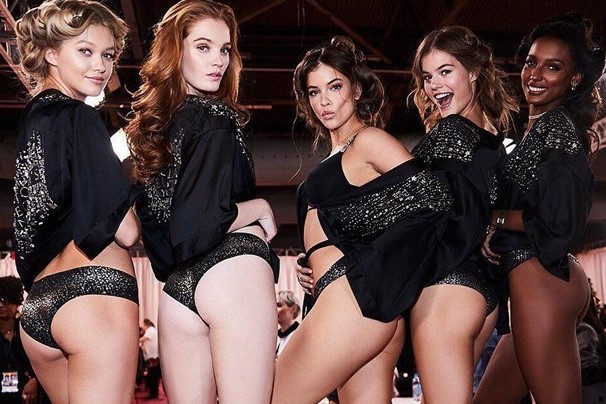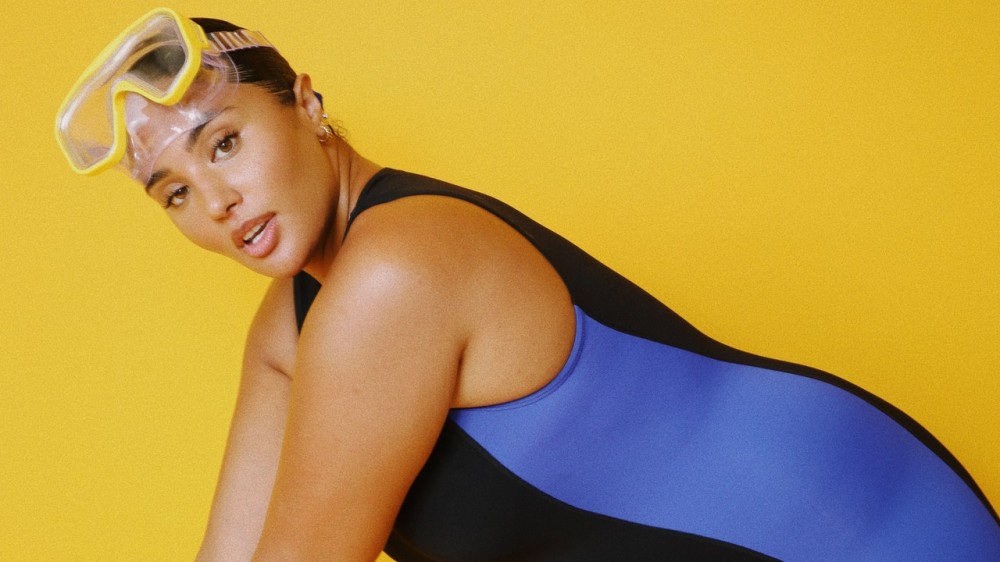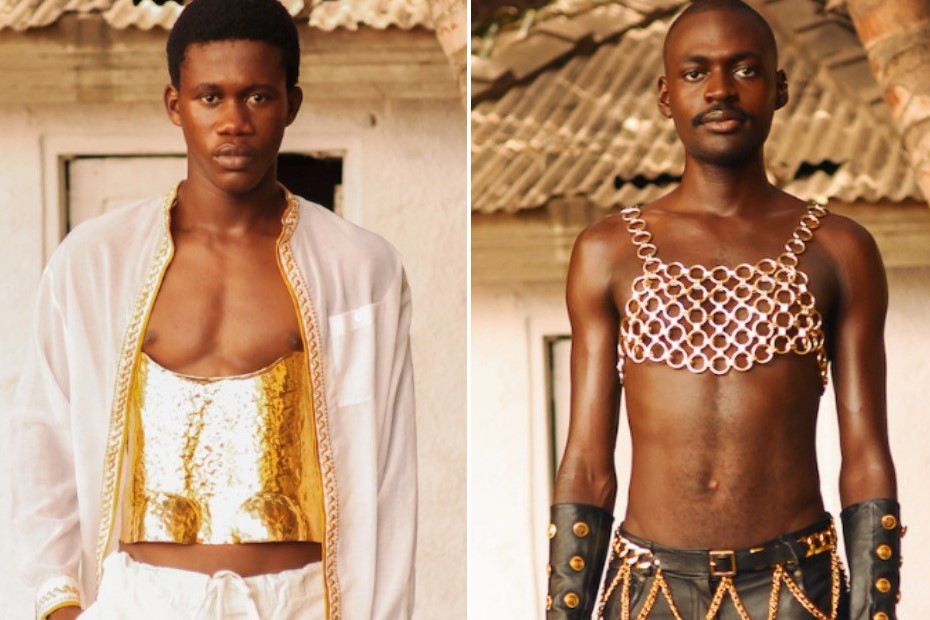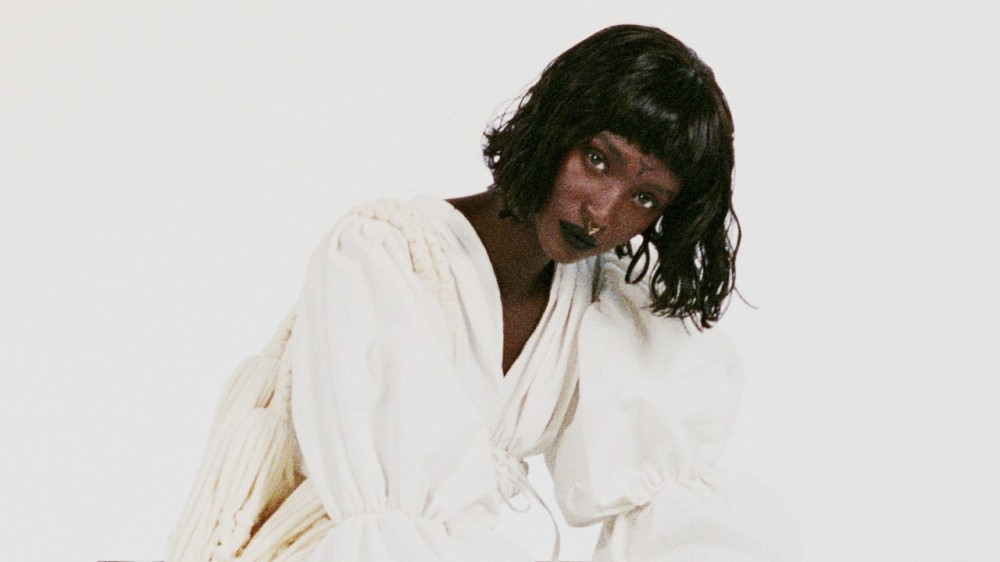
Tits, glitz, and Ghislaine: a new documentary airs Victoria’s dirty secrets
Angels and Demons charts the rise and demise of a pop cultural behemoth, confronting its shady dealings with body image, bullying, and Jeffrey Epstein
At this point, we all know about the rise and fall of Victoria’s Secret. How its glamazonian Angels stormed through pyrotechnic fashion pageants, spinning a fantasy of million dollar bras and Greco-Roman work-out regimes, their bodies totems of a near-mythological standard of beauty. It was the heyday of the American mall, an Instagram 1.0 for teenage girls who’d huff on Starbucks and Lush bath bombs, living life in a rose-hued Pinterest board, doused in Victoria’s Secret body spray. Beamed into stores and broadcast globally on television, its annual runways were a blockbuster spectacle, with Tyra Banks, Naomi Campbell, and Heidi Klum weaving their way through live performances from Destiny’s Child, Rihanna, and Nicki Minaj.




It was, for a long time, the pinnacle of pop culture, and its reign was calcified by a 7.5 billion dollar enterprise built on the image of “a woman born perfect and made better with push-ups and padding”. That is until culture caught up, and its hulking showgirl wings were hastily clipped amid allegations of an entrenched culture of misogyny as the #MeToo movement picked-up pace. In 2019, former marketing officer Ed Razek stepped down from his role after a disastrous interview where he explained the brand would not cast transgender or plus-sized models “because the show is a fantasy”. The following year, a New York Times investigation found that ex-CEO Leslie Wexner – a confidante of Jeffrey Epstein – ran a workplace rife with bullying and harassment.
Under new leader Martin Waters, Victoria’s Secret has been repositioned as a platform for inclusivity – where Alessandra Ambrosio, Gisele, and Leomie Anderson once stood is the brand’s new line-up, including Paloma Elsesser, Megan Rapinoe, and Olympic skier Eileen Gu in greige and practical sportswear. But, as well meaning as its new strategy purports to be, has the brand lost its sparkle? With commentary from former employees, models, and business journalists, a new documentary dubbed Angels and Demons illuminates the murkiest corners of the brand. And by keying into culture’s obsession with corporate schadenfreude – à la Abercrombie & Fitch and Von Dutch – it reveals just how many secrets Victoria had been harbouring after all. Below, we travel through five key learnings from the three-parter.
IT WAS FOUNDED ON ONE MAN’S EMBARRASSMENT
In 1981 a mail-order business called Victoria’s Secret was founded by Ray Raymond, a man fed-up with feeling embarrassed about shopping for his wife’s lingerie in person. All Victorian velvet sofas and Tiffany lampshades, it was stuffy and overbearing, the photography finished with that dream-like Vaseline blur that was so popular in the 80s. But a man named Leslie Wexner, who shared an interest in women’s panties, bras, camisoles, and corsets, began to circle the business when he heard of its dwindling. In 1982, the retail entrepreneur took over the label when it was facing bankruptcy. From there, he grew the company and began romanticising its everyday underwear. He gutted its heritage and built a backstory surrounding a fictitious “Victoria”, an educated British woman in her mid-thirties who helped to position the brand outside of the trashy lingerie marketplace. Her chic and elegant presence loomed large – so much so, that employees began to ask “When are we going to meet Victoria?” believing her to be a real, living person.
IT CO-OPTED THE DESIGNER FASHION FORMULA
It wasn’t until 1995, when it began staging fashion shows, that Victoria’s Secret became a real sensation. Taking on an outsized confidence, the brand began to align itself with luxury fashion, tapping stylists like Victoria Bartlett, who worked with Miu Miu and Versace, to work on their runway presentations. “I thought it was a paradox that they asked me to come and style it,” she said. But these shows weren’t for buyers, they were treated as a marketing tool and livestreamed across Times Square. In time, this would metamorphose into behemoth spectacles, repositioning the supermodel as an aspirational figure for 21st century women, even if it left the actual models feeling exposed. “I used to go home and cry in the bathtub,” model Frederique Van der Wall recalls in episode one.
IT HAD CLOSE AND MYSTERIOUS LINKS TO JEFFREY EPSTEIN
The audiences of these early fashion shows were lined with slack-jawed men, and it was around this time that Wexner met the “extraordinarily mesmerising” – as one former business partner puts it – Jeffrey Epstein, a college dropout who’d later become one of the world’s most notorious sex-traffickers. As a client, Wexner acquired the glamour and smoothness to move around the Manhattan elite, while Epstein gained full power of attorney over the CEO’s wealth, alongside access to the women of Victoria’s Secret. As the cracks began to show in the late 2010s, it was revealed that Epstein and Ghislaine Maxwell were able to pose as a talent scout for Victoria’s Secret in 1997, coaxing a model into a hotel room in Santa Monica where Epstein could molest her in private. Epstein’s relationship with Wexner facilitated the purchase of his mansion townhouse and private jet, known infamously in the media as the Lolita Express. Victoria’s Secret, therefore, contributed to the culture of complicity that afforded Epstein’s abuse.
THE ANGELIC BODY
Though in its early days a contract with Victoria’s Secret catalogue spelt the demise of a model’s career, with the advent of the Angels, it became an agent’s number one booking. They were corny, aggressive, burlesque vamps and the annual announcement of the catalogue roster was headline-making stuff – not least because a contract was worth millions. Inspired by Angels in America, the company approached costume designer Martin Izquierdo to design the gargantuan wings, and he stayed in that position for ten years. With their gruelling work-out regimes and dangerous dieting the Angels became a complete and utter phenomenon, but they also cast a deep shadow over the public, instilling body dysmorphic ideals into a generation of young girls. “Les wanted nothing to do with maternity, nothing to do with shapewear, and nothing to do with comfort. Just women shot out of a cannon, born perfect and impossible to become,” as a former employee said. Needless to say, this was a man’s vision of sexy, and all the soft pornography and extreme photoshopping began to stir tensions among the brand’s female workforce.
PINK TURNED TO BLACK
Helmed by a goofy, rollerblading Cara Delevingne, Victoria’s Secret made a buck off young girls with its Pink subbrand. As Justin Bieber crooned in front of a Charlie and The Chocolate Factory-inspired set, models purred down a Pink runway in balloon skirts, tricycle bustires, and lollipop bras – marketing that same turbo-sexed vision of femininity for a specifically tween audience. The theme? Sexy Delicious. What was more concerning, however, were the allegations growing against marketing director Ed Razek, his assistant apparently saying “if I had a dollar for every sexual harrasment case I received I would be rich,” at which point the room erupted in laughter. Though brands like Victoria’s Secret and Abercrombie & Fitch are now owning up to these allegations, a culture of misogynistic abuse was endemic to culture, particularly in male-domianted fashion spaces. The morbid satisfaction that comes from watching once-glimmering behemoths fall into shame is what this documentary really hones into. As Michael Gross says “fashion is amoral, it doesn’t care about good or bad, it has no ethics, it has one rule: sell the frock.”
Angels and Demons is released on Hulu on July 14.



